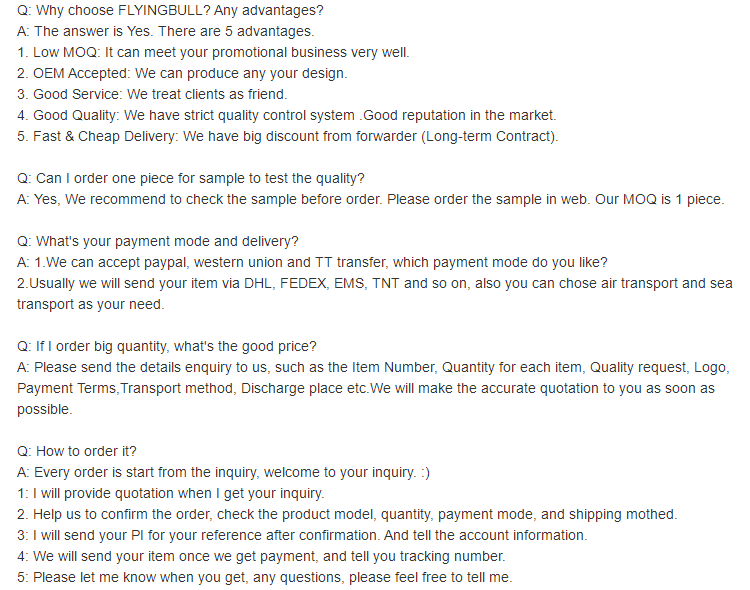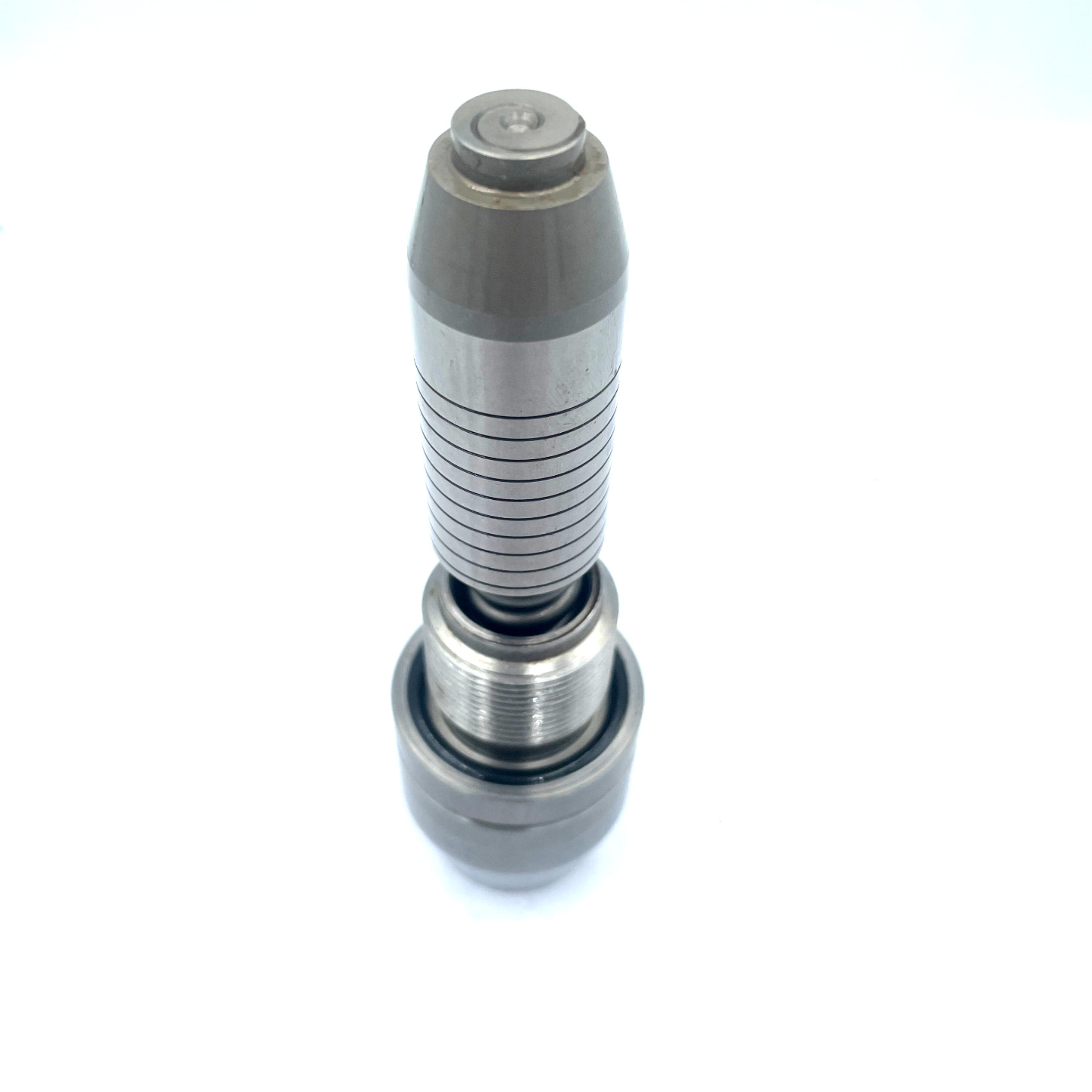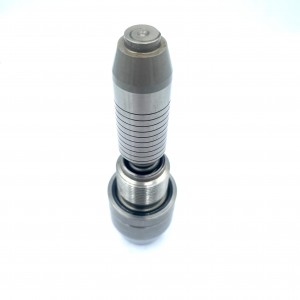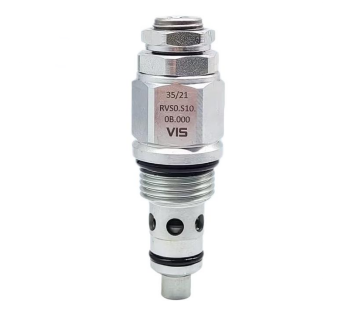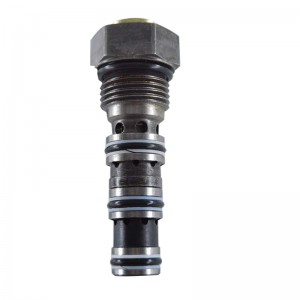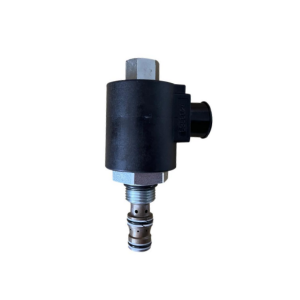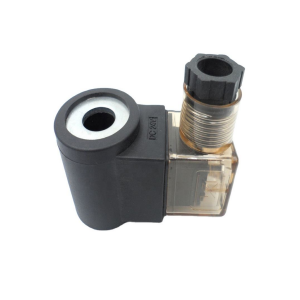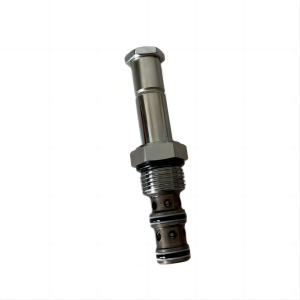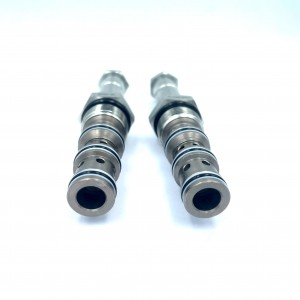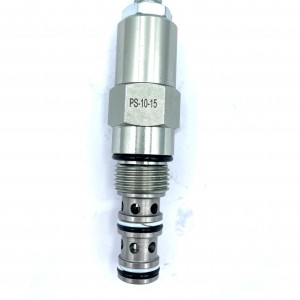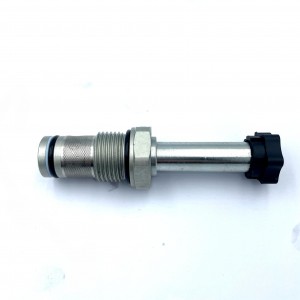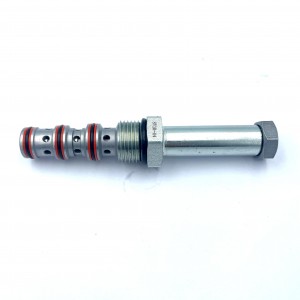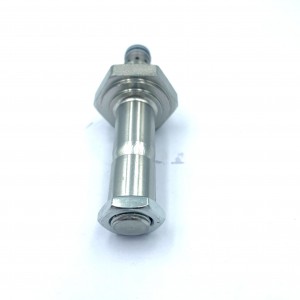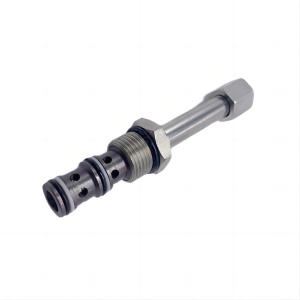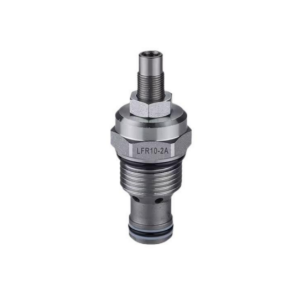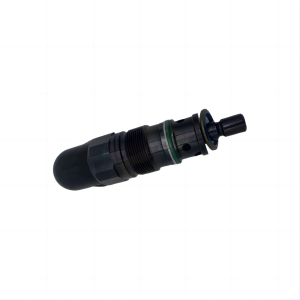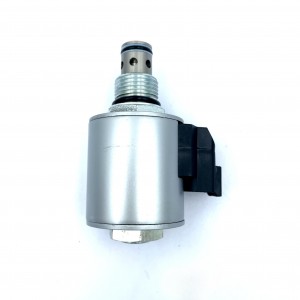SX-12 Distributing valve SX-14 main valve Oil inlet valve block middle unloading valve
Details
Dimension(L*W*H):standard
Valve type:Solenoid reversing valve
Temperature:-20~+80℃
Temperature environment:normal temperature
Applicable industries:machinery
Type of drive:electromagnetism
Applicable medium:petroleum products
Points for attention
Most excavators have two main pumps, so the main relief valve has two (also known as the main safety valve), respectively control the respective main pump, and then each main pump controls 3 actions, the bucket and the big arm walk with one side is a group, the middle arm, the rotation and the exception of the side walk is a group, all two main relief valves (pilot relief valves) control the opposite three actions.
And finally they also have their own relief valves for each action, such as the lifting arm and the lowering arm which have their own relief valves. The main relief valve mainly regulates the pressure of the two main pumps, so the pressure of the three actions controlled by the main pump is the same, according to the requirements, if the pressure of a single action is not enough or too high, then the separate relief valve of the action can be adjusted.
The working principle and function of the relief valve
1, the relief valve constant pressure overflow effect: in the quantitative pump throttling regulation system, the quantitative pump provides a constant flow. When the system pressure increases, the flow demand will decrease. At this time, the relief valve is opened, so that the excess flow flows back to the tank, to ensure that the relief valve inlet pressure, that is, the pump outlet pressure is constant (the valve port is often opened with pressure fluctuations).
2, safety protection: When the system is working normally, the valve is closed. Only when the load exceeds the specified limit (system pressure exceeds the set pressure), the overflow is turned on for overload protection, so that the system pressure is no longer increased (usually the set pressure of the relief valve is 10% to 20% higher than the maximum working pressure of the system).
3, as a unloading valve used as a remote pressure regulator:
A high and low pressure multistage control valve is used as a sequence valve to generate back pressure (string on the return oil circuit).
The pilot relief valve consists of two parts: the main valve and the pilot valve. Pilot valves are similar to direct-acting relief valves, but they are generally cone valve (or ball valve) shaped seat structures. The main valve can be divided into one concentric structure, two concentric structure and three concentric structure.
Product specification
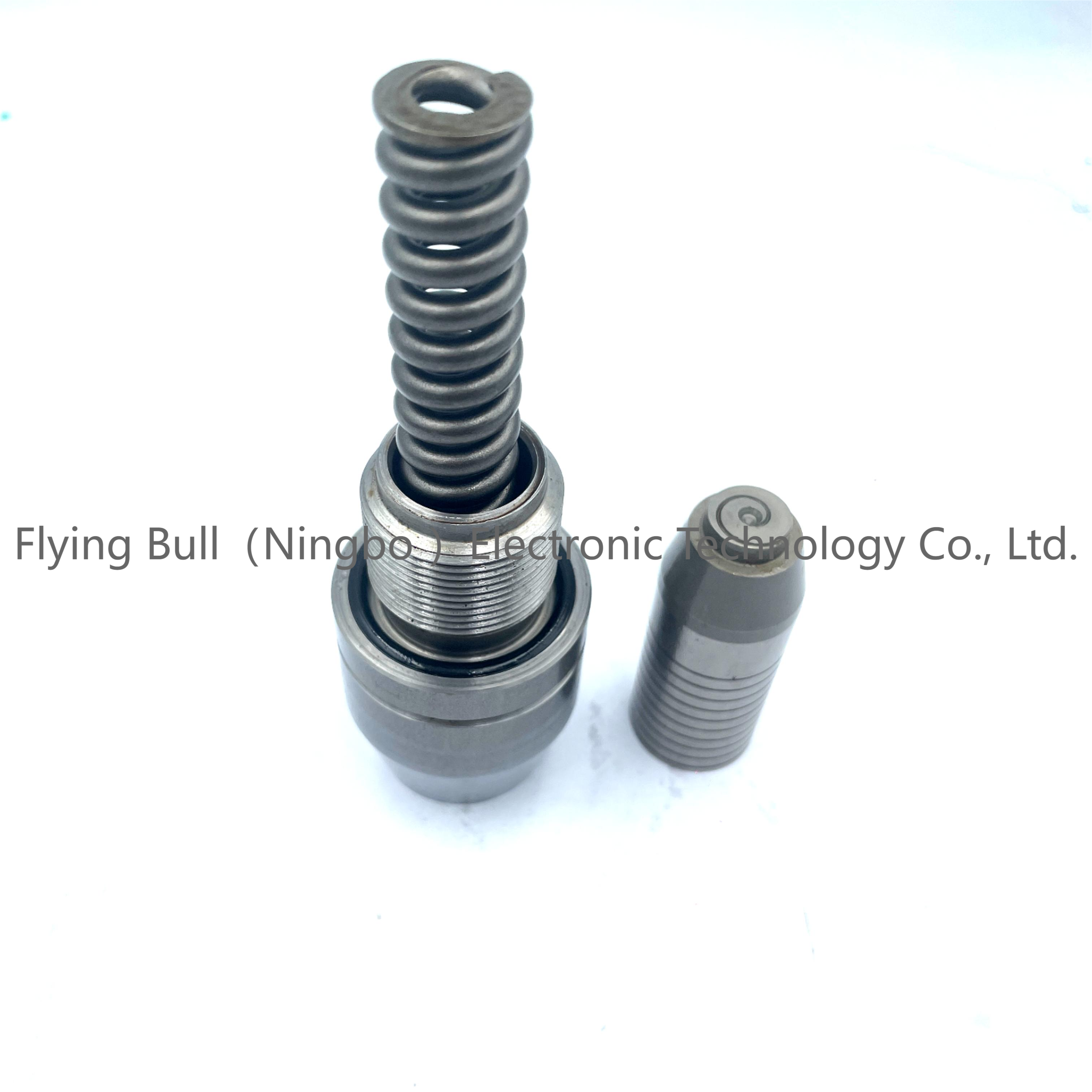
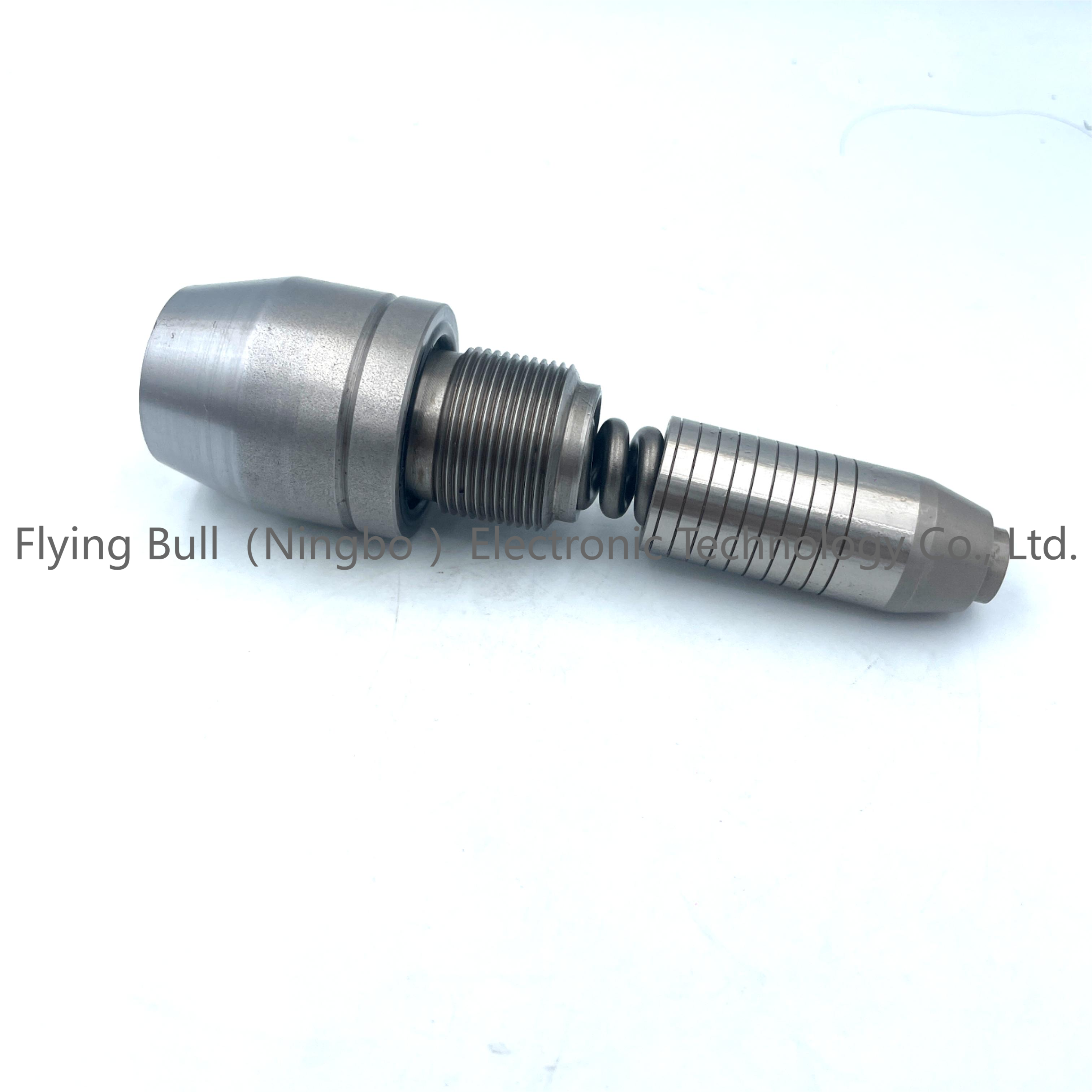
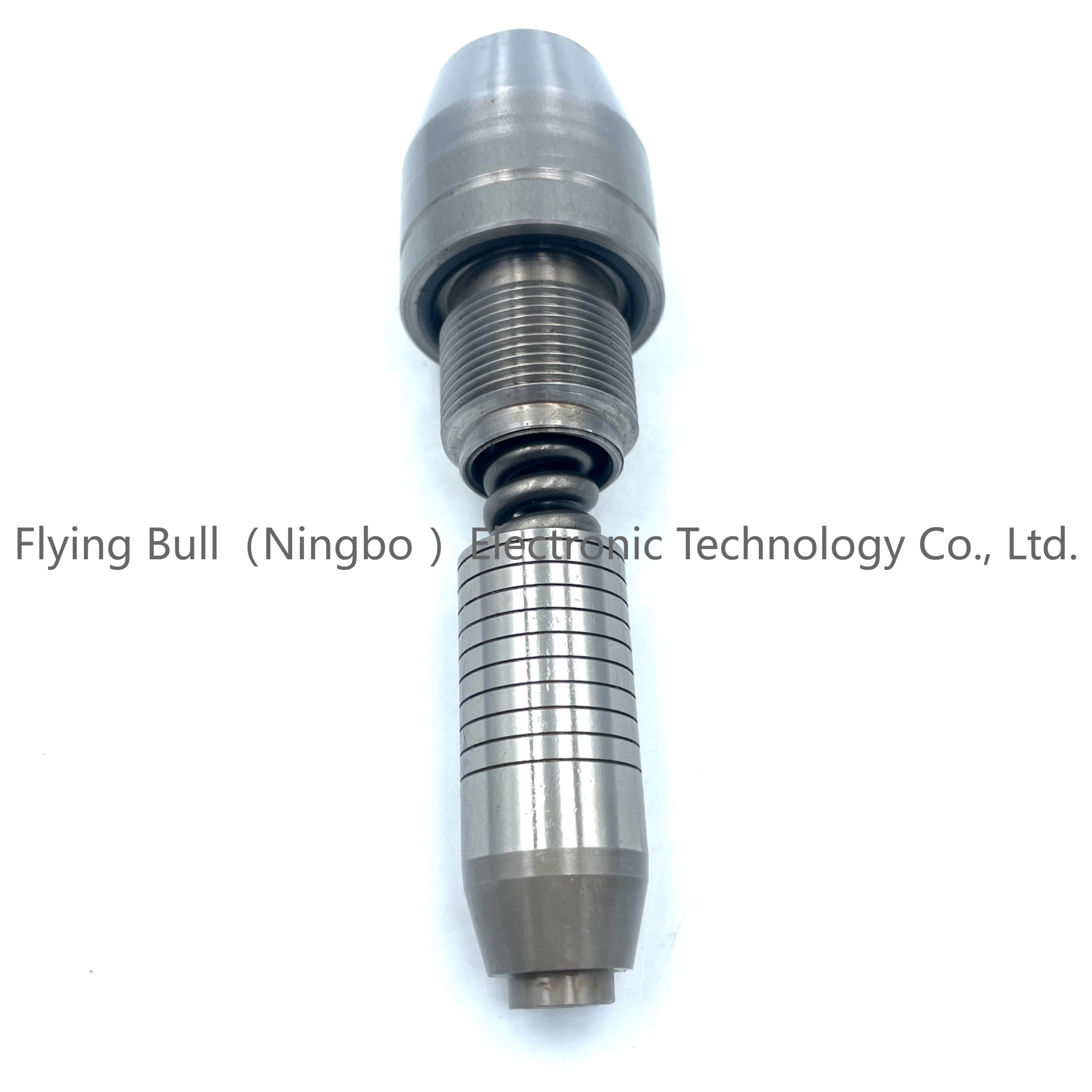
Company details







Company advantage
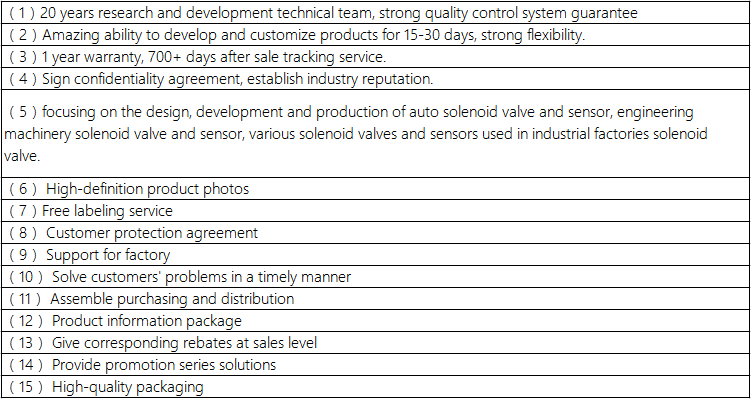
Transportation

FAQ
